Growing A Lawn In Sandy Soil - Sandy Soil Lawn Care
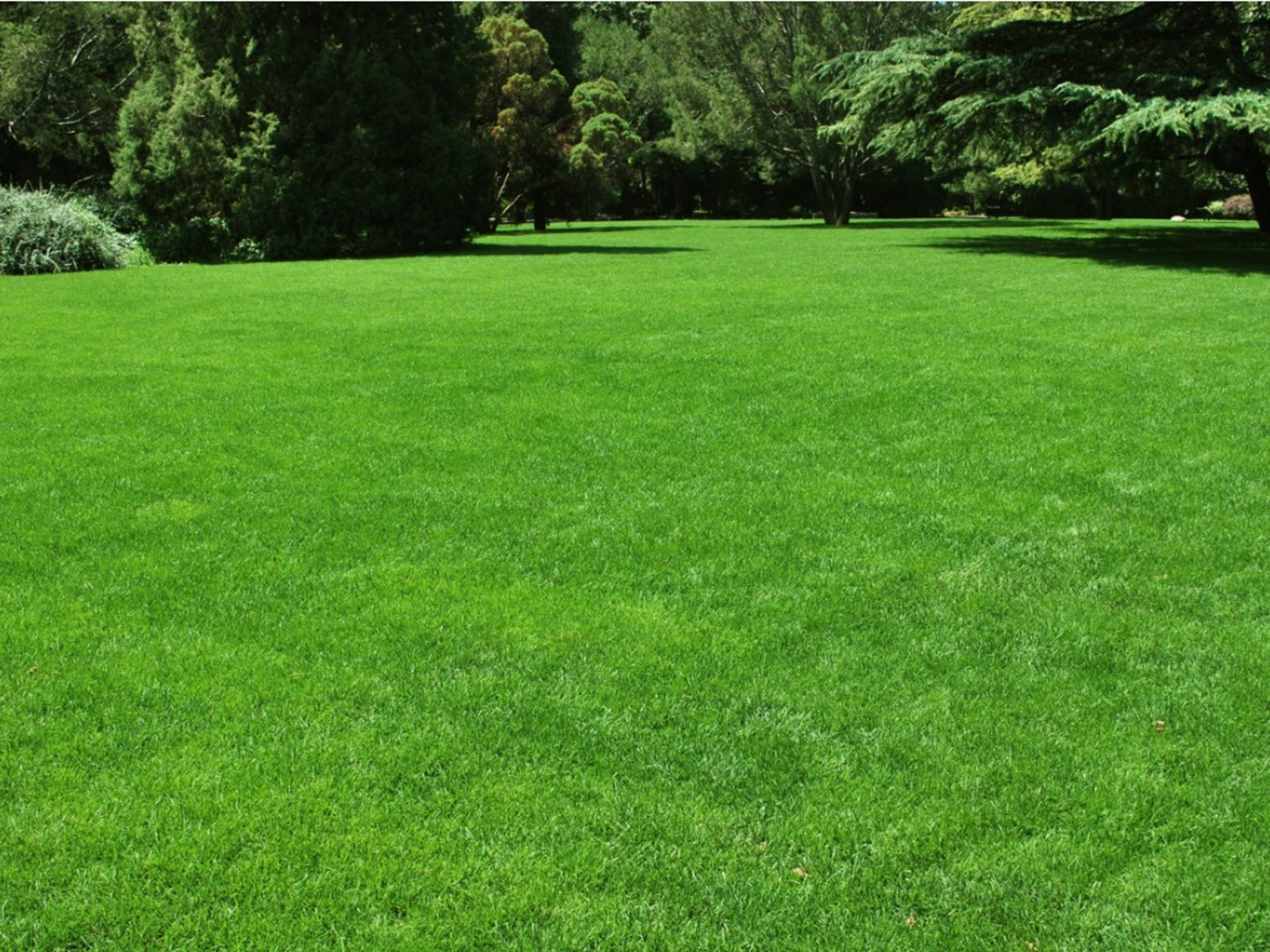
If you live in an area of sandy soil and think a lawn is never going to happen, think again. The key is sowing grass seed that is drought tolerant with deep roots to absorb water and nutrients. There’s no reason to throw in the towel and settle for a lawnless view that comes with sandy soil. Read on to learn more.
About Lawn for Sand
The ideal soil makeup for turf grass is 70% sand, 15% clay and 15% silt. Sandy soil is considered to be soil that is made up of over 50% sand. This means that growing a lawn in sandy soil isn’t as hard as one might think. Many turf grasses are suited as grass for sandy soil.
Types of Grass for Sandy Soil
When choosing grass for sandy soil, your climate matters. For instance if you live in the warm regions of the Gulf Coast, grasses such as bahia grass (Paspalum notatum), centipede grass (Eremochloa ophiuroides), carpet grass (Axonopus affinis) and St. Augustine grass (Stenotaphrum secondatum) are excellent options.
In the cooler coastal regions, favorable lawn types for sand include Kentucky bluegrass (Poa pratensis and the fine fescues (Festuca spp.) both of which thrive in USDA zones 2-7.
Other options for growing a lawn in sandy soil include Bermuda grass and zoysia grass. Bermuda grass is a perennial warm season grass that enjoys full sunlight while zoysia, hardy to USDA zones 6-9 is known for deep roots. Zoysia develops fairly slowly in comparison to other turf grass while Bermuda spreads rapidly to form a carpet like matt of turf.
How to Plant a Lawn in Sandy Soil
Grass for sandy soil benefits greatly from the addition of organic material such as compost, aged manure, bark or peat moss to aid in moisture retention and add nutrients.
- It is recommended to incorporate 2 inches (5 cm.) of organic material into the top 6 inches (15 cm.) of soil prior to sowing grass seed.
- As you till in the organic material, remove any debris and large stones.
- Mix a phosphorus rich fertilizer into the top sandy soil and compost.
- Spread the grass seed according to the grower’s instructions.
- Cover the grass seed lightly with the amended sandy soil using the back of a garden rake.
- Water the grass seed on a daily basis until moist to ensure germination.
Sandy Soil Lawn Care
You’ve given your grass for sandy soil a good start by amending the soil, but all turf grass benefits from a regular application of fertilizer, sandy soils even more so.
Gardening tips, videos, info and more delivered right to your inbox!
Sign up for the Gardening Know How newsletter today and receive a free copy of our e-book "How to Grow Delicious Tomatoes".
All new turf should be fertilized once a month with a balanced dry fertilizer at the rate of a pound (500 g) of nitrogen per square foot (.09 sq. m.) of lawn. In the case of sandy soil, additional fertilization of a nitrogen only food should be applied between regular feedings in the amount of an additional pound (500 g.) per 1,000 square feet (93 sq. m.).
Keep your lawn for sandy soil consistently moist but not overwatered.

Amy Grant has been gardening for 30 years and writing for 15. A professional chef and caterer, Amy's area of expertise is culinary gardening.
-
 Zinnias On Repeat: 10 Glorious Cut-And-Come-Again Varieties For Endless Summer Bouquets
Zinnias On Repeat: 10 Glorious Cut-And-Come-Again Varieties For Endless Summer BouquetsThese zinnia varieties keep giving all summer, making them the perfect choice for dedicated cutting gardens – or just the occasional homegrown bouquet.
By Ellen Wells
-
 Create A Romantic Garden Straight Out Of Bridgerton: Regency Era Romance In Your Garden
Create A Romantic Garden Straight Out Of Bridgerton: Regency Era Romance In Your GardenTry some romantic garden ideas straight out of Bridgerton. Flowers and gardens in the Regency era were lush and charming and you can get the same look!
By Bonnie L. Grant
-
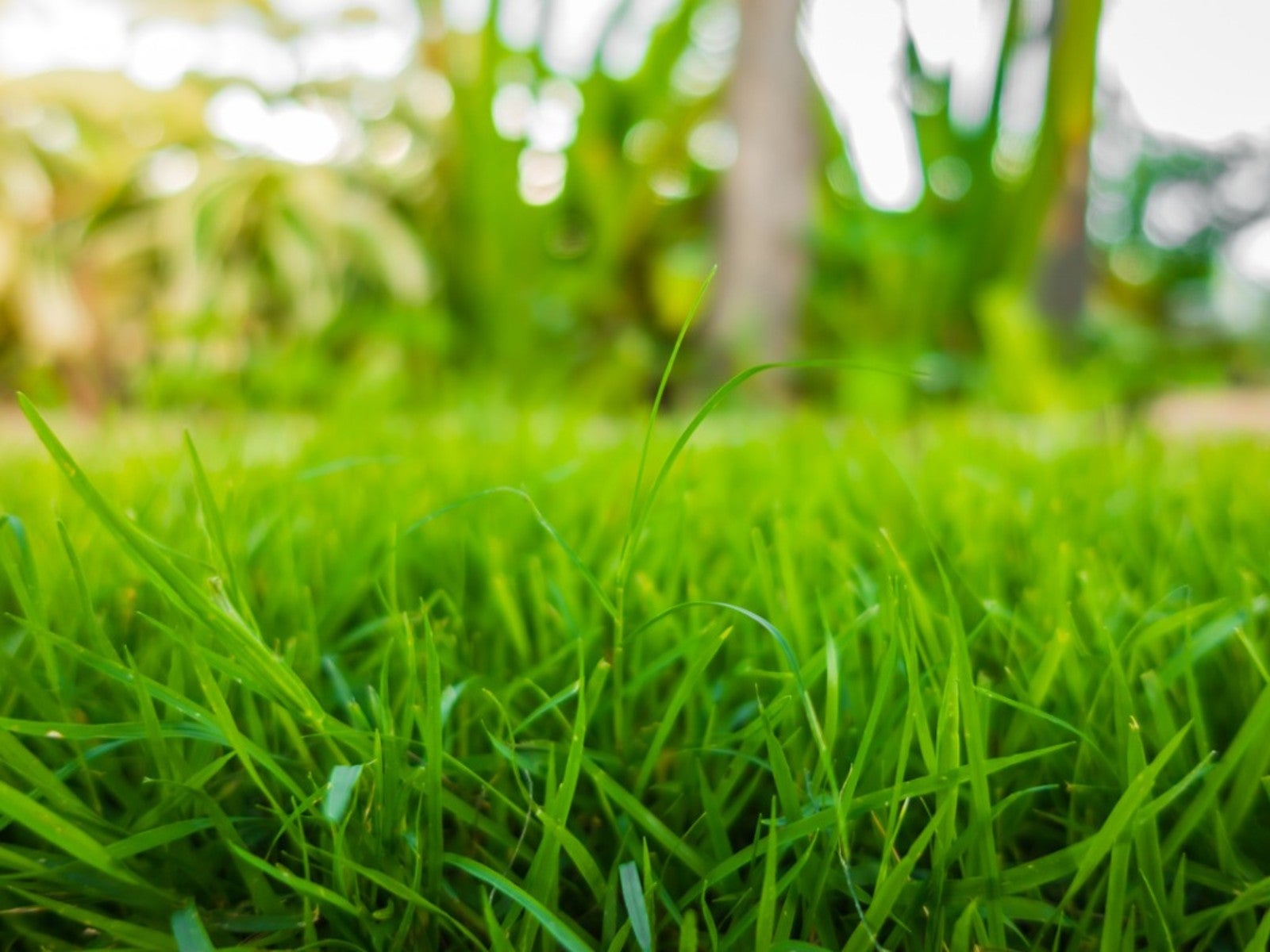 Sustainable Turf Species For A Greener Lawn
Sustainable Turf Species For A Greener LawnClick here for some of the most sustainable types of turf grass you can grow for an eco-friendly lawn.
By Bonnie L. Grant
-
 How To Grow A Sustainable Lawn
How To Grow A Sustainable LawnAdjust your thinking about a perfect green lawn and consider more sustainable methods. Click here to learn how.
By Mary Ellen Ellis
-
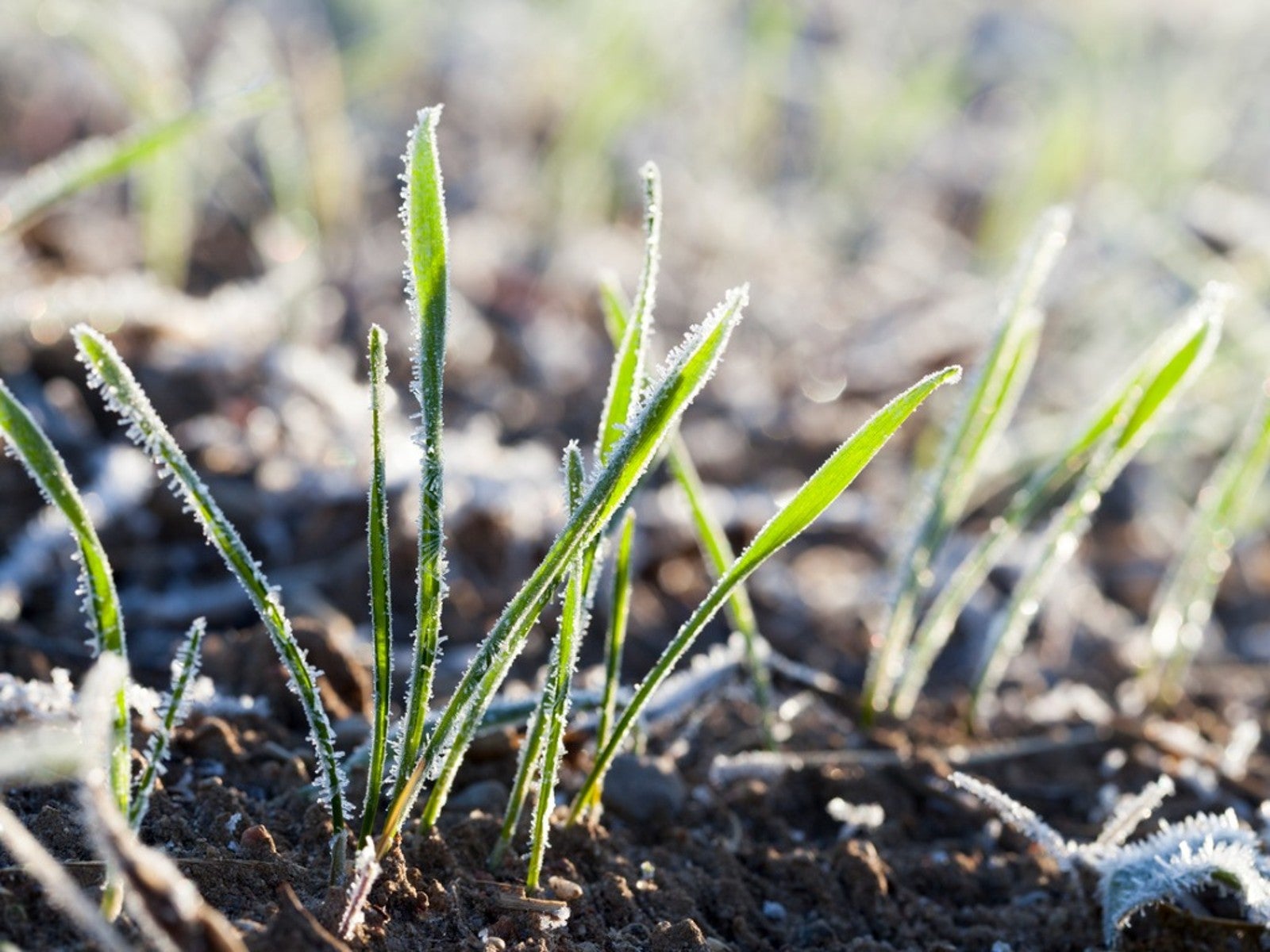 Will Frost Kill Grass Seed And How To Help New Turf Survive
Will Frost Kill Grass Seed And How To Help New Turf SurviveLearn how to help your newly sown grass survive frost and freezing weather.
By Amy Grant
-
 Lawn Problems That Aren’t Really Problems
Lawn Problems That Aren’t Really ProblemsYour lawn may not require as much work as you think. Learn which common problems aren’t really problems.
By Teo Spengler
-
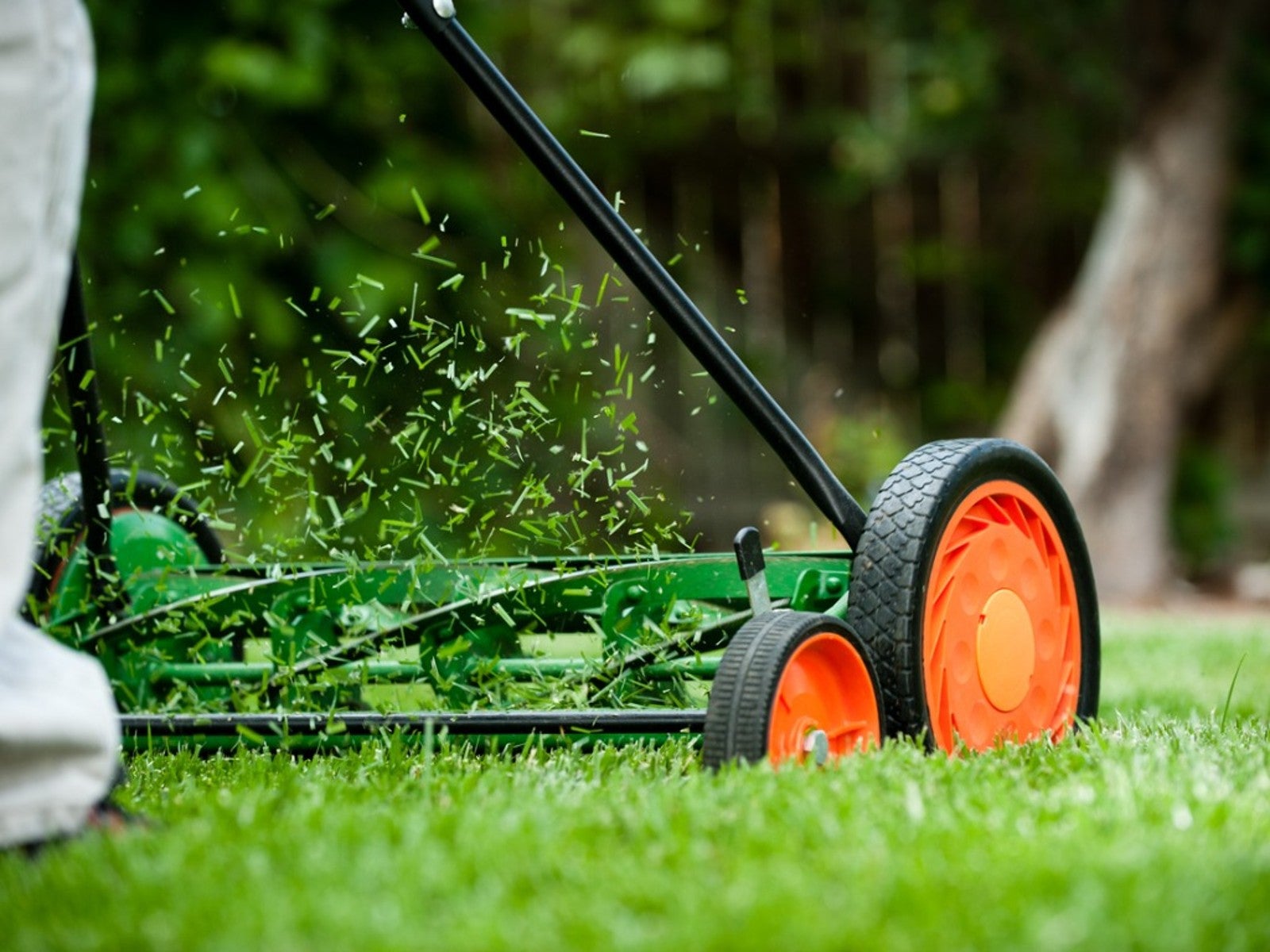 Why A Manual Push Mower Is Good For You And The Environment
Why A Manual Push Mower Is Good For You And The EnvironmentReel mowers are making a comeback, but why? Click here to learn about reel mower pros and cons.
By Amy Grant
-
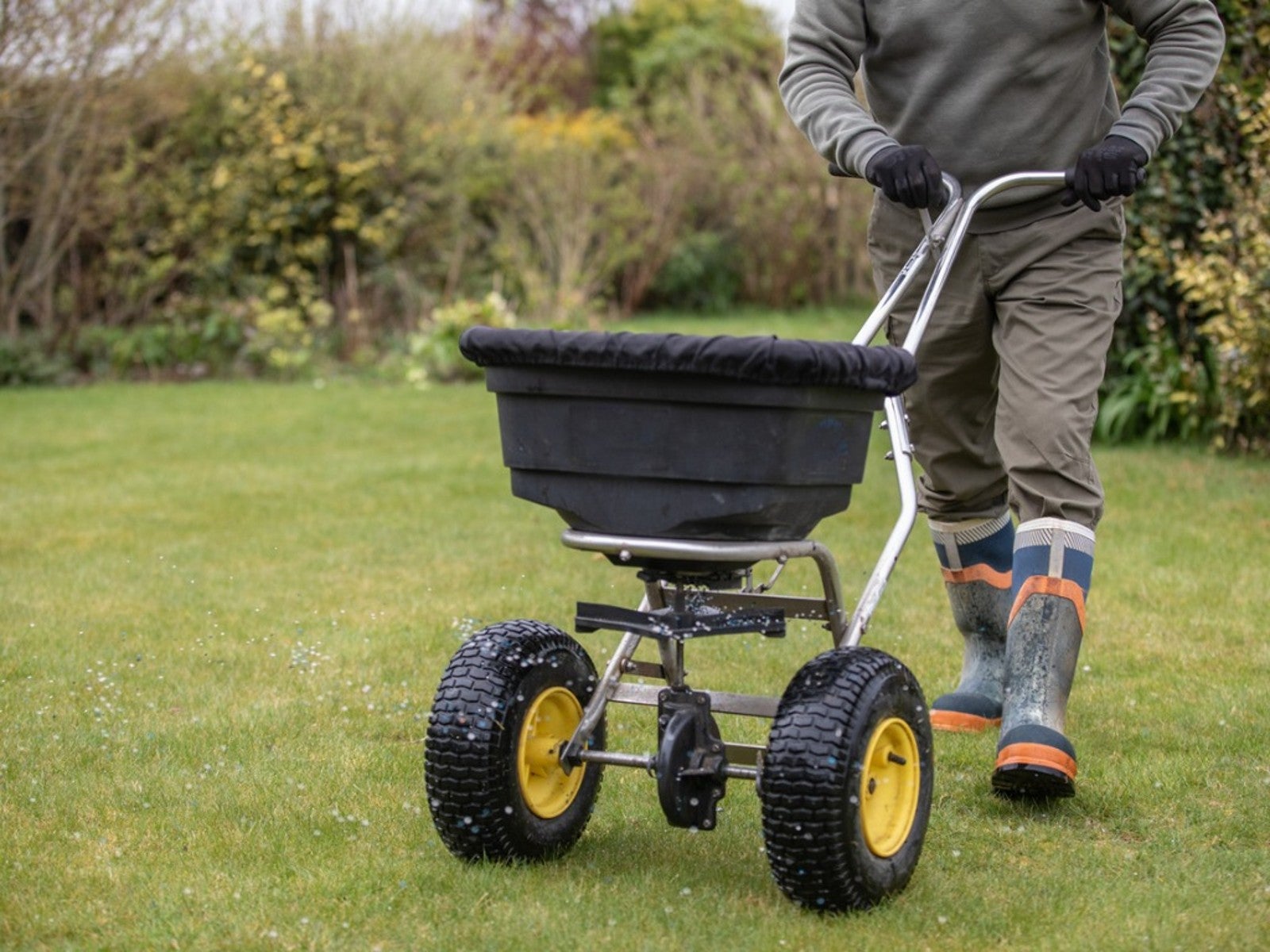 Fertilize Grass In Fall For A Lush Lawn In Spring
Fertilize Grass In Fall For A Lush Lawn In SpringFor everything you need to know about fertilizing your lawn in the fall, click here.
By Susan Albert
-
 Tips For Mowing Stripes In Lawn
Tips For Mowing Stripes In LawnWouldn’t it be great to have stripes in your lawn like a sports field? Learn how here.
By Susan Albert
-
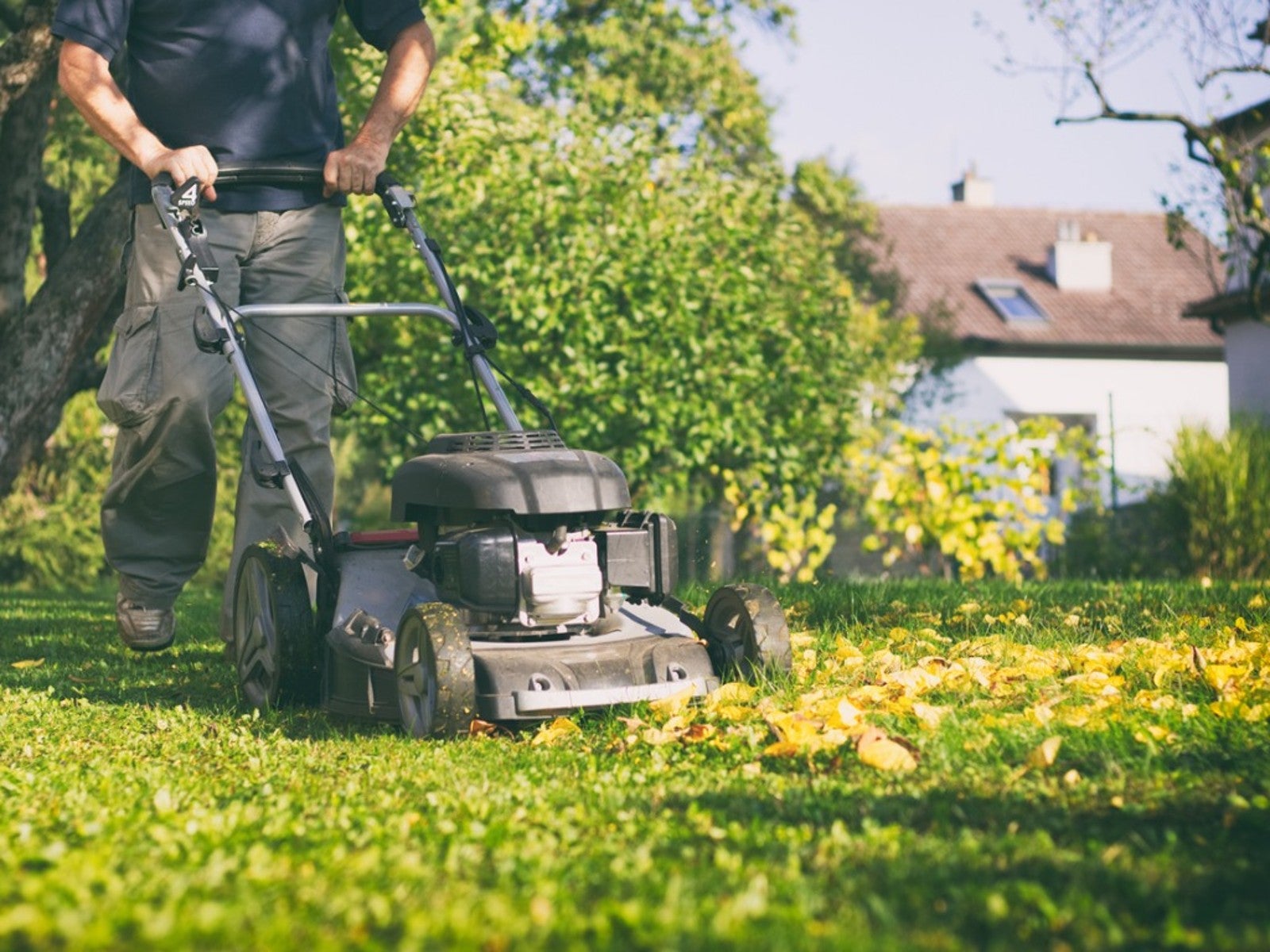 Late Summer Lawn Care Checklist
Late Summer Lawn Care ChecklistPlan to do some late summer care and maintenance of your lawn so it will be healthy and beautiful in the spring. Here are some tips.
By Laura Miller